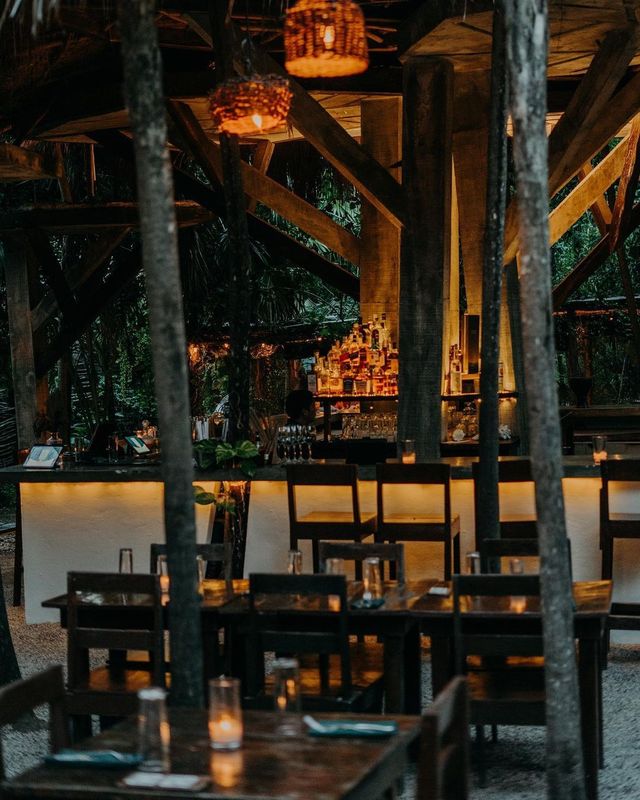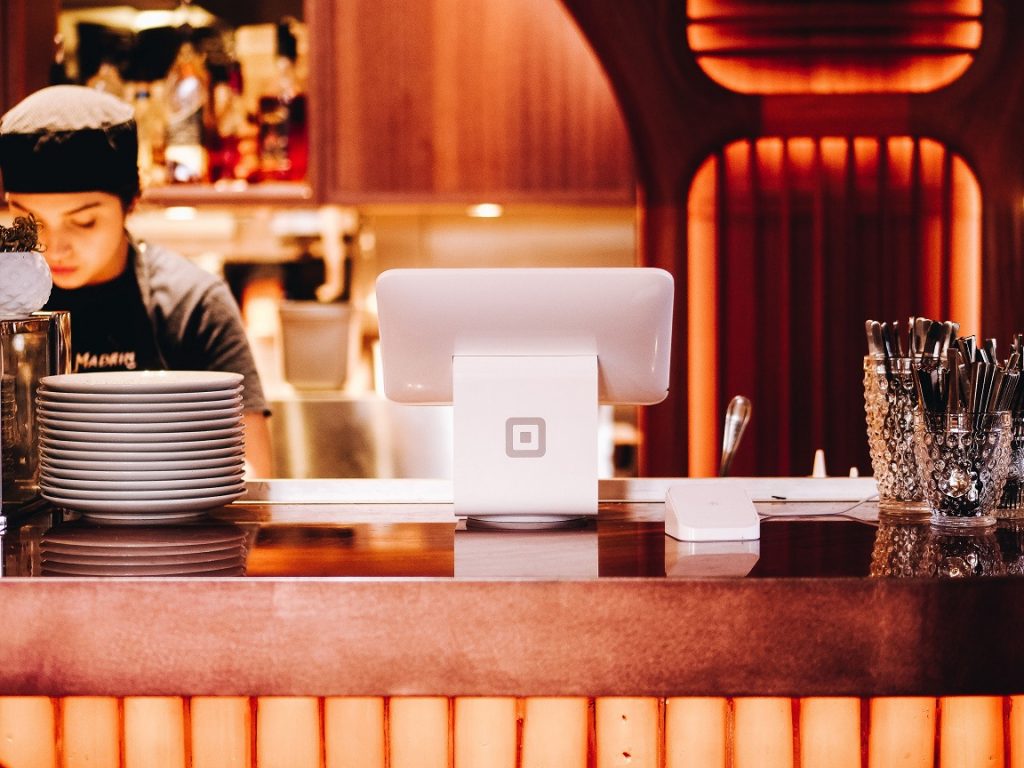Savor Authentic Asian Food With a Pan-Asian Spin for a Culinary Journey
Getting started on a culinary trip through genuine Oriental food, enhanced with a Pan-Asian twist, uses a special chance to explore the rich tapestry of tastes that specify the area's diverse cooking practices. This experience invites you to enjoy the exquisite equilibrium of preferences-- sweet, salty, spicy, and sour-- balanced by aromatic herbs and flavors. Think of the ingenious combination of Thai curry and ramen or the unforeseen joy of sushi burritos. As you contemplate these tempting dishes, consider the cultural stories and historical impacts that shape them, each bite supplying a story waiting to be discovered.

Checking Out Pan-Asian Tastes
In the world of global gastronomy, Pan-Asian food stands out for its remarkable variety and the unified interaction of tastes from numerous Asian cultures. This culinary technique commemorates the rich traditions and unique active ingredients located throughout the continent, developing a tapestry of tastes that is both appealing and rewarding. Secret to Pan-Asian cuisine is its capacity to balance different tastes-- pleasant, salty, spicy, and sour-- while highlighting the freshness and high quality of each ingredient.
From the umami-rich soy sauce of Japan to the fiery chili peppers of Thailand, Pan-Asian cuisine uses an extensive combination of tastes. These aspects are often integrated in innovative ways, improving meals with layers of intricacy. For example, the usage of fragrant natural herbs such as lemongrass and cilantro, typical in Vietnamese and Thai food, adds a revitalizing brightness to recipes, while the consolidation of coconut milk delivers a creamy, abundant structure.
The focus on fresh produce and aromatic seasonings makes sure that each meal is not just a feast for the taste however also for the senses. Pan-Asian food invites restaurants to start a culinary trip, discovering the vast and varied landscapes of Eastern gastronomy with every bite.
Fusion Dishes to Try
While Pan-Asian food is celebrated for its traditional flavors, the modern-day culinary landscape is increasingly embracing combination dishes that mix these timeless elements with impacts from other areas. This ingenious strategy not just honors the abundant heritage of Eastern cooking arts yet likewise introduces unique taste experiences that appeal to modern palates.
A prime instance of such a blend meal is the Korean-Mexican taco, where seasoned bulgogi beef is covered in a warm tortilla, topped with kimchi and a zesty gochujang-infused salsa. This combination weds the strong, mouthwatering tastes of Korea with the vivid, fresh aspects of Mexican food. Likewise, sushi burritos have actually obtained appeal, integrating the fragile creativity of Japanese sushi with the passionate, hand-held ease of a burrito, typically including fusion components like tempura shrimp and avocado with a drizzle of wasabi mayo.
One more noteworthy recipe is Thai curry ramen, which infuses the velvety, fragrant spices of Thai curry right into the soothing broth of traditional Japanese ramen, creating a harmonious blend that tantalizes the senses. These blend recipes prolong past mere uniqueness; they represent a cooking dialogue in between societies, motivating expedition and development on the planet of Pan-Asian cuisine.
Important Components and Flavors
To truly value Pan-Asian food, one need to understand the crucial ingredients and flavors that develop its structure. This varied culinary style draws from a rich tapestry of Eastern practices, using an unified blend of textures and tastes.
Fragrant elements are critical, with ginger, garlic, and lemongrass being common across numerous Pan-Asian recipes. These components supply a fragrant base that enhances the complexity of tastes. Flavors such as star anise, cardamom, and cinnamon introduce warmth and character, resembling impacts from regions like China and India.

Food Preparation Techniques and Tips
Grasping the art of Pan-Asian cuisine requires experience with its distinctive food preparation methods, each adding to the lively tapestry of flavors this culinary tradition is commemorated for. Central to these methods is the stir-fry, a quick food preparation strategy that protects the dietary honesty and vivid shades of ingredients. Using a wok, the stir-fry approach permits even warmth distribution, crucial for achieving the particular appearance and flavor balance of Pan-Asian dishes.
One more essential method is steaming, specifically widespread in Chinese cuisine. This gentle method maintains the natural flavors and nutrients of active ingredients, making it optimal for seafood and vegetables. Dumplings, a beloved staple, usually benefit from steaming, causing soft, succulent structures.
Barbecuing, additionally essential, passes on smoky depths to recipes such as Oriental bulgogi or Japanese yakitori (pan asian dining Islamabad). This technique frequently includes seasoning ingredients, enabling flavors to permeate deeply before cooking over an open flame or warmer
Lastly, mastering the art of balancing flavors-- wonderful, sour, salted, bitter, and umami-- is important. Effectively layering these components can elevate a dish from regular to remarkable, offering a complicated and satisfying culinary experience that symbolizes the significance of Pan-Asian cuisine.
Eating Experiences Worldwide
Across the world, Pan-Asian cuisine antonios pizza offers an unequaled eating experience, commemorated for its rich tapestry of flavors and lively presentations. This culinary sensation has gone beyond social borders, recording the hearts and tastes of food lovers worldwide. In worldwide cities like New York, London, and Sydney, Pan-Asian restaurants offer as fusions where culinary traditions from Thailand, Japan, China, and beyond converge, giving diners with an eclectic mix of recipes that highlight the region's variety.
The global allure of Pan-Asian food hinges on its capacity to supply both authenticity and advancement. Chefs skillfully wed standard active ingredients such as lemongrass, soy sauce, and miso with contemporary techniques, leading to meals that are both refreshingly new and familiar. This combination permits restaurants to start a culinary journey that respects heritage while embracing modernity.
Furthermore, dining experiences are boosted through thoughtfully designed atmospheres that show the principles of Pan-Asian visual appeals. From minimalist Japanese-inspired interiors to lively Thai-themed areas, each dining establishment supplies an unique atmosphere that enhances the cooking offerings. Because of this, patrons are not simply eating a dish however partaking in a social experience, making Pan-Asian dining a genuinely global phenomenon.
Conclusion
The exploration of Pan-Asian food provides an extensive understanding of the intricate interaction of flavors and culinary customs across Asia. By welcoming fusion meals such as Thai curry ramen and sushi burritos, the culinary journey not just highlights the adaptability of typical ingredients yet additionally showcases cutting-edge modern methods. This gastronomic adventure, enriched by vital flavors and cooking methods, offers an one-of-a-kind chance to appreciate the multiculturalism and cooking creativity that define Pan-Asian cuisine on a worldwide scale.
Embarking on a cooking trip via genuine Oriental cuisine, enhanced with a Pan-Asian twist, uses a distinct chance to discover the rich tapestry of tastes that specify the region's varied look what i found cooking customs.In the world of worldwide gastronomy, Pan-Asian cuisine stands out for its exceptional diversity and the harmonious interaction of flavors from various Eastern cultures. Key to Pan-Asian cuisine is its capability to balance different flavors-- pleasant, salted, go to website spicy, and sour-- while highlighting the freshness and high quality of each ingredient.
